For the second year in a row, Covid-19 has put the brakes on the car industry’s biggest annual. We ponder what might have been
If the automotive world were turning on a normal axis, we, along with 10,000 fellow journalists and 600,000 other attendees, would now be packing our bags for a visit to the giant Palexpo exhibition centre, near the airport on the outskirts of Geneva for the annual Salon de l’Automobile.
In recent times, Geneva has been the most eagerly anticipated of all the various motor shows for three key reasons. It ushers in the European spring and thus the motoring year; it’s famously even-handed, refusing to be overwhelmed by the interests of any mammoth local manufacturers; and, despite strong growth in recent years, it’s still regarded as right-sized.
You can do your job on Tuesday’s opening press day and half of Wednesday yet still get the plane home in time for dinner. Unless, of course, you divert for a day or two to the ski slopes, as some no doubt do.
This year, sadly, there won’t be a Geneva International Motor Show – or GIMS, as they’ve lately taken to calling it. Not officially, anyway. For the second year in a row, the global Covid-19 pandemic has thwarted Switzerland’s biggest public event, worth around £160 million to the local economy, which began in 1905 at the very dawn of the motor car.
True, virus troubles have kiboshed plenty of other shows as well, but this is the one we find that we miss most.
However, Autocar has decided not to take the matter lying down. It’s perfectly clear from the volume and cadence of news that has broken in the 10 weeks since this year began that many new cars and corporate announcements were deliberately planned a long time ago to break at the 2021 Geneva motor show.
Therefore, here we present the cars that would have been the stars and the people who would have been grabbing the attention of all present.
Magic 5 reborn
Renault’s dramatic revival, signalled by the coining of the word Renaulution and a promise to resurrect the famous 5 supermini as an affordable small electric car, would surely have been one of the highlights of Geneva, along with a high-profile presentation by new Renault Group boss Luca de Meo. Instead, we’ve recently had a series of digital presentations. The electric 5 will be one of 24 new Renault Group vehicles (10 of them EVs) over the next five years. Look for production models in 2023, plus a reinvented electric 4 soon after.
Jaguar plans all-electric future - and gets radical
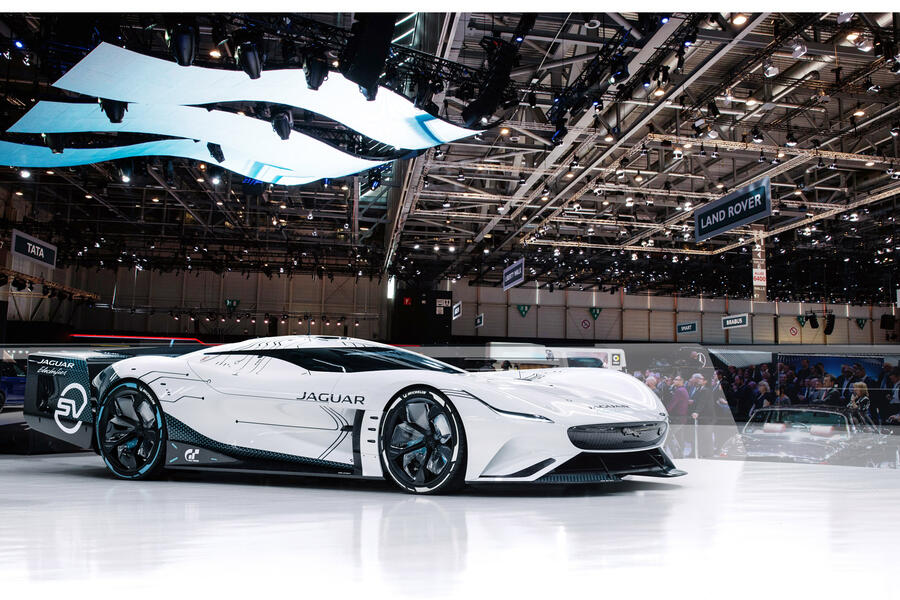
Following the news that all Jaguar models will be electric only by 2025, a public unveiling of the ultra-radical Vision Grand Turismo SV concept car seems even more relevant now than it did late last year. Proposed for the massively popular Gran Turismo video game (it has 83 million players), Jaguar decided to make an example in full size and display it worldwide. It says its future cars must sell on beauty and emotion, like all the greatest Jags of the past, and this EV’s reference to those famous shapes is unmistakable.
BMW's ultimate four-door
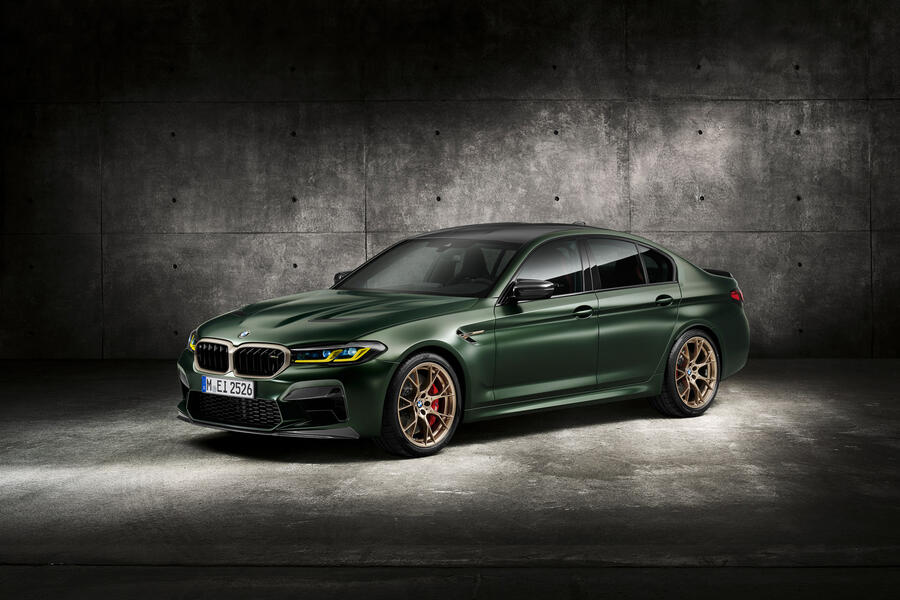
Here’s a classic motor show star: the fastest-accelerating BMW road car yet built. The new M5 CS (for Clubsport) will be with us in a couple of months, and all it will cost is £141,000. It comes complete with a highest-tune (626bhp) version of the 4.4-litre twin-turbocharged V8 to date, a track-focused chassis, enough lightweight body bits to cut its weight by 70kg and a consequent 0-62mph time of just 3.0sec. Top speed has to be limited at 189mph; it’s enough.
DS 4 attacks on two fronts
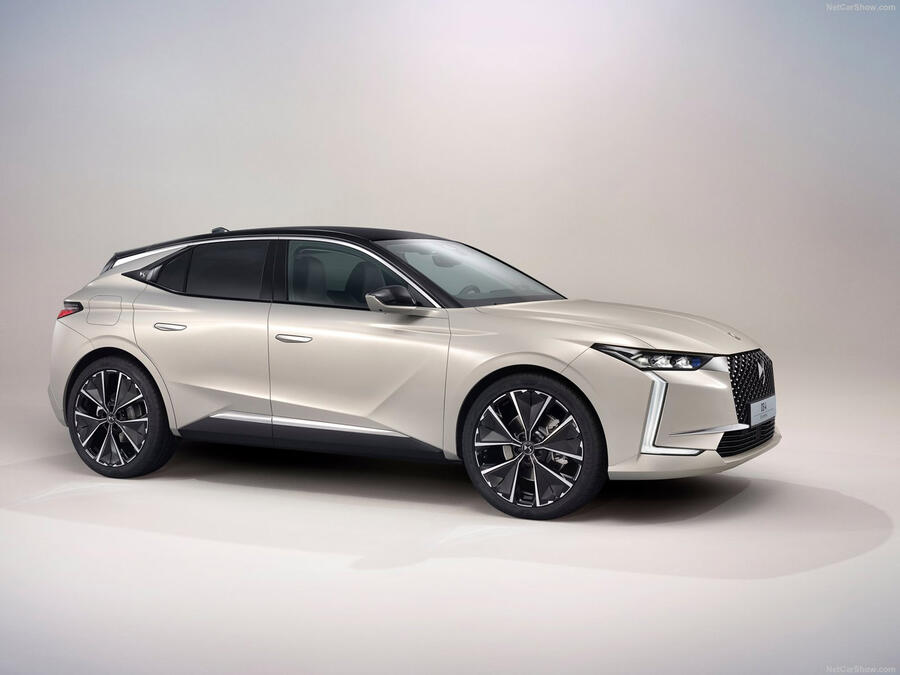
On two counts, the new DS 4 premium hatchback would have been prominent at Geneva: first because the marque at last has truly desirable and stylish models with which to fight for sales, second because it’s trying to straddle two classes at once (premium hatchback and premium crossover) and needs airtime to explain that. Reception has been positive, especially to the PHEV model, with DS boss Béatrice Foucher stressing the importance to it of haute couture.
Toyota blitzes hot hatches
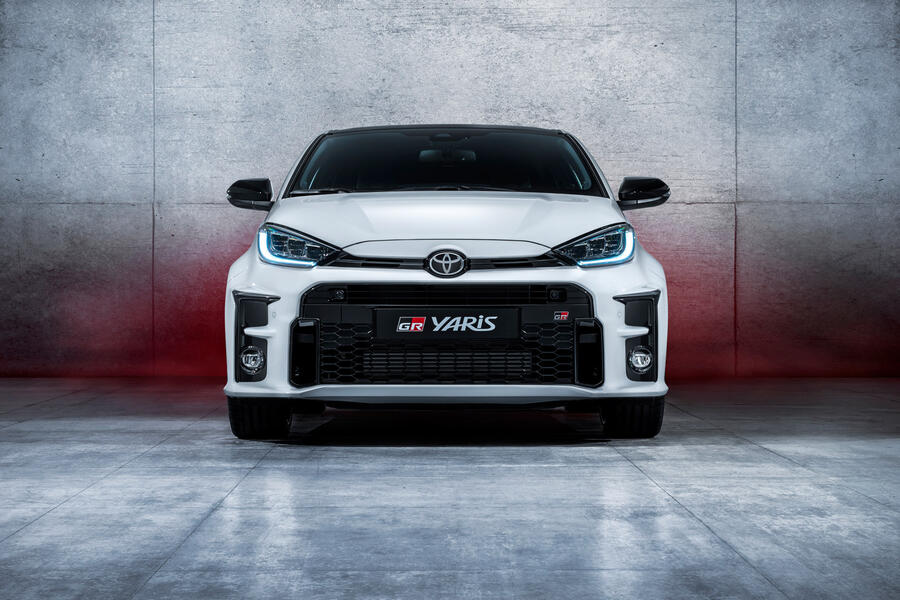
It’s not exactly new, but showgoers who haven’t done so already will still beat a path to Toyota’s Geneva stand to grab an eyeful of the GR Yaris, the most exciting accessible Toyota in 20 years. We’ve already called the 1.6-litre three-cylinder, four-wheel-drive baby bolide “improbably fast and composed” after driving it, but worldwide demand has been so huge it seems you still need a motor show to savour its petite dimensions. Still a show star six months after launch? Definitely.
Lotus Evija
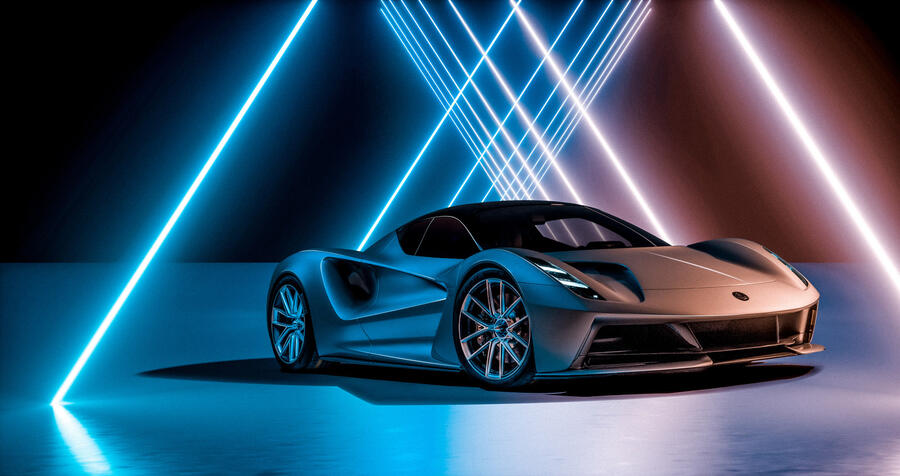
The Evija makes a hell of a halo car, doesn’t it? Lotus first showed its 1900bhp all-electric hypercar in the middle of last year, has since sold all 130 of them and is now using it as a way to draw attention to a new, much more affordable car. Codenamed the Type 131, it’s likely to be revealed in three different iterations covering Lotus’s traditional price ranges: sub-£50k to just over £100k. The Evija establishes a new design style for Lotus cars, all of which will be made in Hethel.
Porsche 911 GT3: Where atmo trumps turbo
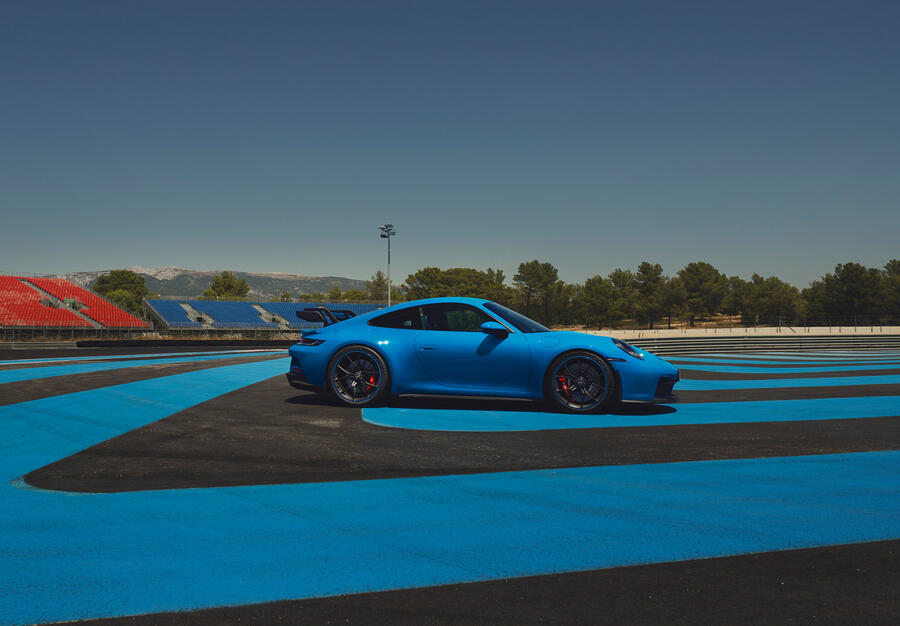
There’s an unwritten rule that no Geneva show can be staged without the public debut of a new 911, so Porsche would surely have sent along its new Motorsport-developed 911 GT3. The model turns recent company practice on its head. In Porsche lingo, Turbo has usually meant the quickest and most potent. This new 503bhp 4.0-litre flat-six version is the one current-specification 911 that doesn’t have a turbocharger, yet its lightness, rarity and awesome track capability (and 9000rpm redline) certainly lift it into Porsche’s rarefied atmosphere. Even so, the UK price of £123,100 looks keen against the opposition. Expect deliveries of initial, hard-nut versions in May or June.
McLaren shows its hybrid hand
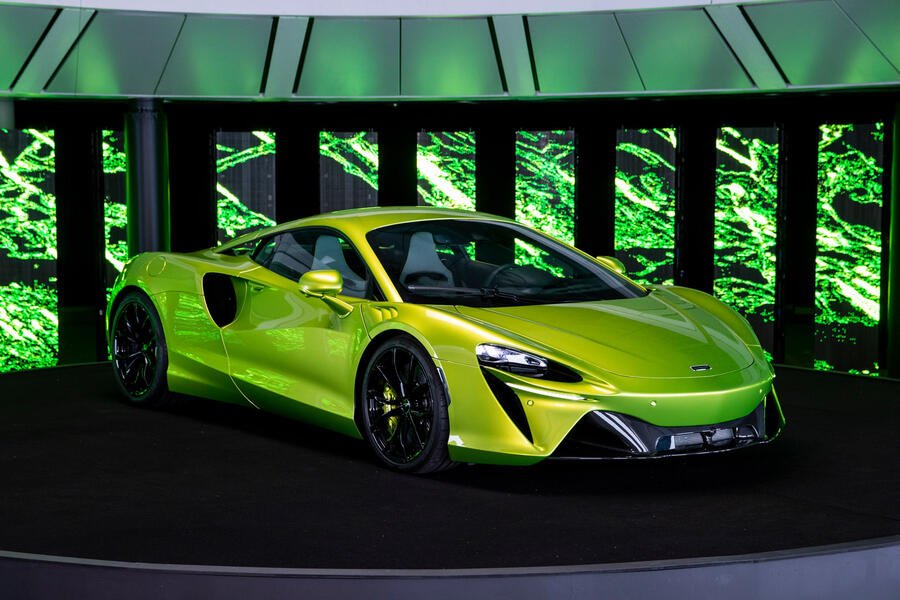
McLaren is launching its most-changed and most forward-looking car in a decade: a plug-in hybrid two-seater close in size and layout to existing McLarens but built around a brand-new (and UK-built) carbonfibre tub. It’s powered by an all-new 3.0-litre V6 with an integral electric motor that will allow nearly 20 electric-only miles at up to 80mph. Prices start at £185,000, with deliveries due at the end of the year. It would have been the toast of Geneva.
Dacia discovers size and style
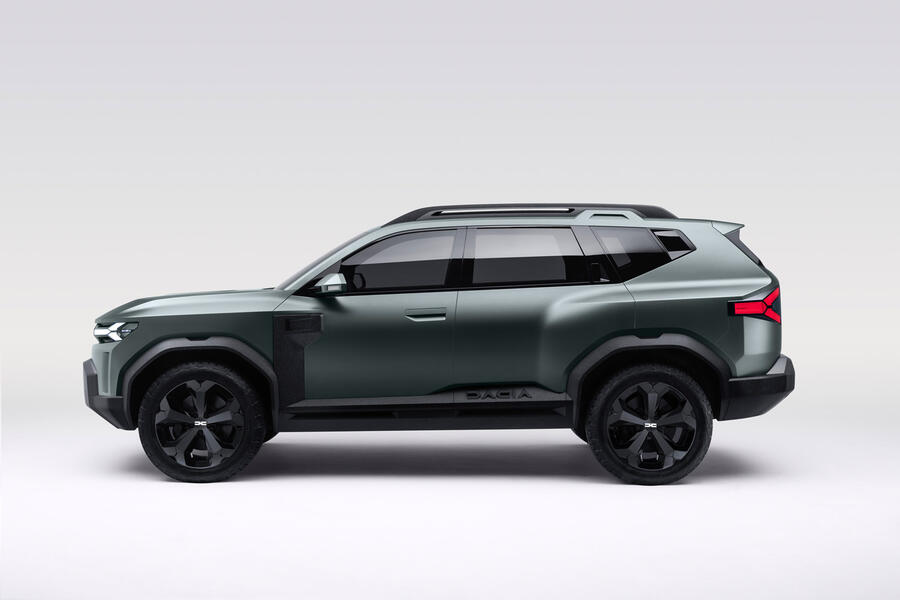
The cool Bigster concept, designed to help Renault’s fast-rising budget brand to success in the C-segment SUV market, caused a stir when digitally displayed a couple of weeks ago. Dacia would surely have made it in three dimensions for Geneva, given it will go into production on the CMF-B platform. It is also related to a new Lada, as the marques are now paired under the same boss.
Landie less luxury
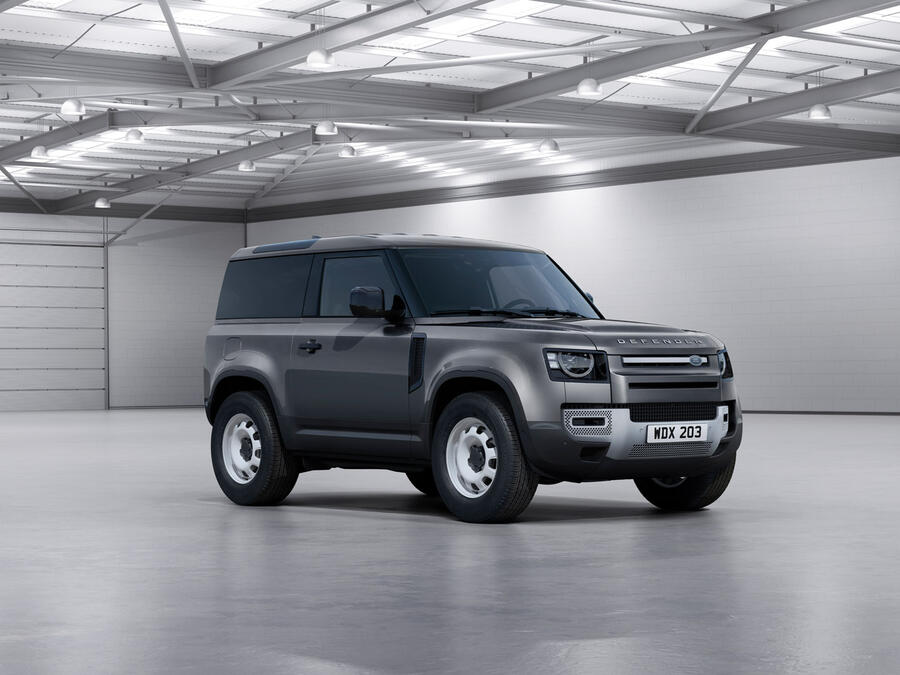
Jaguar Land Rover always has a powerful presence in Geneva, but given that new boss Thierry Bolloré basically cancelled the current Jaguar range (apart from the I-Pace, new here three years ago) by outlining a new EV plan for 2024, it falls to the latest Land Rover Defender, the no-frills Hard Top, to carry the flag for the UK’s most prominent car maker. It comes in 90 and 110 versions, both with rear seats ditched in favour of load space, and for now the engines (197bhp and 246bhp four-pots plus a 296bhp six) are diesels.
Morgan V8's last hurrah
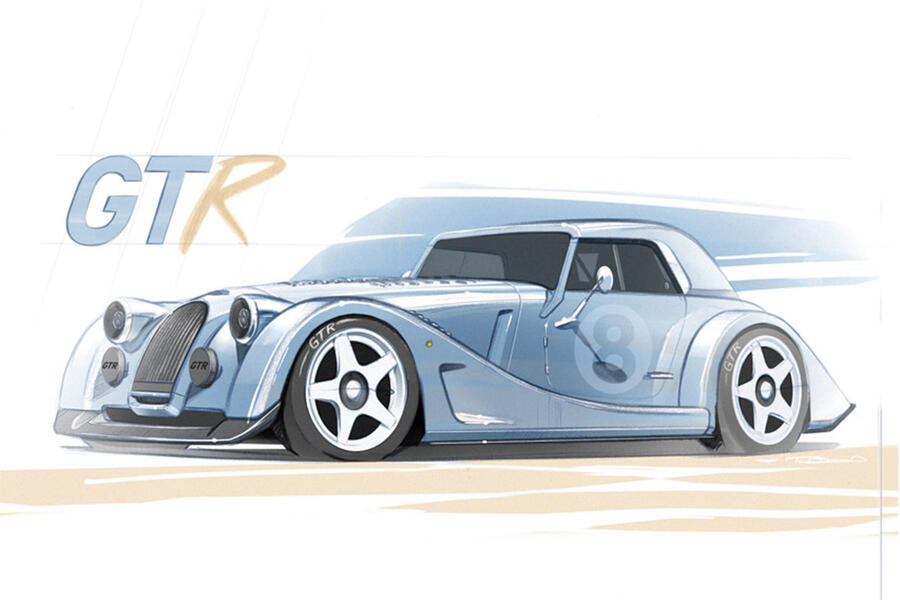
Tradition says Morgan reserves its most eye-catching model launches for its time-honoured central stand at Geneva, and here it goes again with the race-bred GTR, a high-shouldered version of the just-superseded Morgan Plus 8 built to utilise nine previous-generation aluminium chassis recovered from the failed Bristol Bullet programme. The GTR is the last Morgan to be powered by the BMW-sourced naturally aspirated 4.8-litre V8. Details like price, homologation and exact engine output are still being worked out, but demand has been huge. Deliveries will start this summer.
Audi's Tesla king-hit
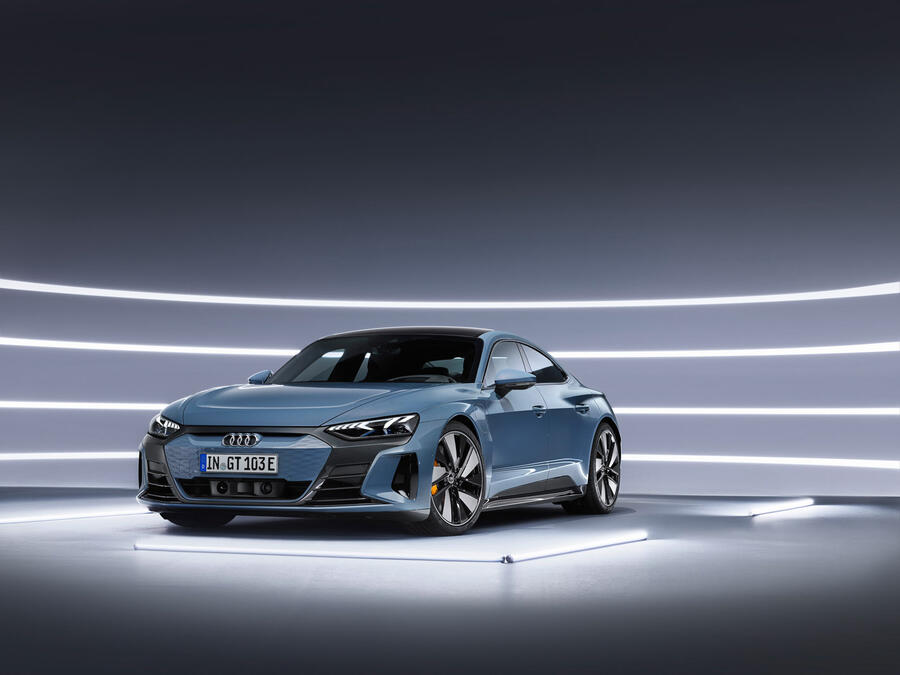
“We’re not going to let Tesla rule the roost forever, you know,” said an Audi executive at a previous Geneva motor show, smirking that smirk the representatives of the Volkswagen Group’s most successful marque are apt to switch on when feeling especially confident. The long-awaited 523bhp E-tron GT quattro, which comes complete with 303-mile range, a £90,000 price and 4.1sec 0-62mph acceleration, is Audi’s long-awaited riposte to the highly successful Tesla Model S. The exterior dimensions are minutely different (bigger, taller) from those of the Porsche Taycan, but the relationship is pretty obvious.
Meet the new bosses
Thierry Bollore: The huge implications of a wholesale reorganisation by Jaguar Land Rover’s new boss are just starting to be appreciated. He has announced a new, restricted model range by 2024 and six Land Rover EVs by 2026.
Luca de Meo: Renaulution is the name given to the plan of Renault Group chief Luca de Meo, who arrived last year, fresh from reviving Seat. Invoking the spirit of the iconic Renault 5 as an electric supermini is just the start of it.
Stuart Rowley: Ford of Europe’s president has just revealed a $1 billion plan to convert its Cologne works for EV manufacturing so that every European Ford will be electric by 2030. It’s the first volume brand to make that commitment.
Tobias Moers: Aston Martin goes on the front foot with new plans announced by ex-AMG chief Tobias Moers. The first job is to get DBX SUV deliveries going at full speed; the second is to deliver Adrian Newey’s delayed Valkyrie hypercar.
Stellantis
Linda Jackson: Linda Jackson has moved from Citroën to head up Peugeot as part of a reorganisation that affects all 14 brands of the newly formed Stellantis group. Overall chief Carlos Tavares says the company should be “great rather than big”.
Jean-Philippe Imparato: The Peugeot vacancy was created by Jean-Philippe Imparato heading to Alfa Romeo. He succeeded in giving the French marque a clearer and more upmarket identity, and he will face a similar task with the venerable Italian company.
What Geneva means to me
Andrew Frankel: The highlights start with the drive out. I always drive alone, if I possibly can. Then there are the one-to-one interviews: chief executives are always less guarded, less on-message at Geneva. The wall-to-wall exotica, gloriously oblivious to the real world in which people actually live. Gasping in shock, awe and, largely, horror at the latest monstrosities on the Mansory stand. The curry with a few mates in a quiet backstreet on press night. And not being able to sleep in anticipation of the dawn run back over the mountains towards home.
Rachel Burgess: Geneva: Fancy new metal packed from pillar to post, every executive I could ever want to interview and an electrifying buzz in the air. This is where Mercedes-AMG surprised us with its Project One hypercar (we’re still waiting…) and the adrenaline kicked in as we scrambled to give it the best coverage; where Jaguar pipped its rivals to the post with the I-Pace; and where I heard the late FCA boss Sergio Marchionne at his witty best. There’s no better physical manifestation of the car industry’s excitement and pace than Geneva. I love it.
James Attwood: Quite often, Geneva for me means not going to Geneva. While much of the team is swanning around the Palexpo, some of us have to stay behind to run the magazine and website. And, frankly, the Autocar office team co-ordinating our unrivalled web coverage have a better overview of the show than anyone: every launch, quote, picture, story and rumour passes through us on the way from a journalist’s phone to you. Frequently, staffers at the show ask us what’s going on. There’s less battling through scrums of other hacks, too – and it’s easier to find a coffee.
Steve Cropley: For me, the Geneva show is most of all about the time of year. The car industry is feeling good, because there’s a whole selling year ahead, we’ve cleared the detritus of winter, the driving and the motorsport seasons are both ahead and all is right with the world. Most of us are feeling optimistic. Better still, there hasn’t been a European motor show for months and here we are, in the Continent’s neutral capital, where Dacia and Rolls-Royce, Tata and Tesla are all treated equally. The prospect of a new car year is downright intoxicating.
Mark Tisshaw: Geneva is simply the highlight of the year for those who love the news side of the car industry as much as driving the cars themselves. Nowhere else offers that many senior executives in one place, willing to talk (on or off the record) to inform stories and set news agendas for the next 12 months. Video conferences or online interviews and events can never show the nods, winks and body language that can be just as informative to a story, nor those little chats on the side. We miss it terribly and eagerly look forward to its return.
Matt Prior: When I think of Geneva, I think of swearing. I get it, motor shows are busy and we’ve all got places to be, interviews to go to and cars to sit in and buttons to prod – and surely there’s going to be cava and paella available on the Seat stand any minute now so best hurry – but do people have to always walk in front of a live camera? Over the years, we have taken bigger equipment – a foot-long microphone and brighter lights – not just to improve the quality of Autocar’s YouTube coverage (like and subscribe) but also to make it ever more obvious that we’re filming…
Colin Goodwin: The show is just part of Geneva for me; getting there is special, too. Most years I make my own way. One year Ferrari needed an F430 delivering, so I volunteered to drive it across France. Another time there was a Honda Gold Wing ride. And more recently I drove in the Caterham I’d built for the magazine. It snowed heavily in the Jura Mountains, and I thought I might crash and be found by Alpine walkers in the spring. Best of all was the time Steve Cropley and I drove a Ford Model T from Autocar’s original office. We went slowly but smiled a lot.
Richard Bremner: “Fiat boat tonight?” This odd question used to be common among journalists travelling to the show, said boat being a Lake Geneva pleasure cruiser generously hired by Fiat the night before press day. Hacks and Fiat personnel attended, of course, but luminaries from other companies – often designers – were rarely turned away. Convivial and a great source of stories, it was usually the cause of that early morning press day headache. Volkswagen later took over the boat, but the rolling news demands of the internet silenced a great well of gossip.
Jim Holder: The struggle is always to have sufficient stamina to get the best from the Geneva motor show: pre-event is about schleps from hotel to hotel to see advance unveilings and grab five minutes with executives; show day is a 7am-7pm roster of interviews and halfglances at stands; and day two – after a night of writing – is the moment it all comes together, as you finally have time to stare at cars and enjoy a more convivial chat or two. It’s always brutal but always worth it.
READ MORE
Geneva motor show organisers "very uncertain" of 2021 return
Analysis: Is Geneva's cancellation the end of the motor show?
Matt Prior: Why axing Geneva could have long-term impact